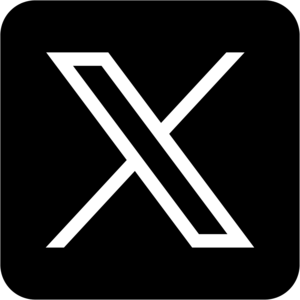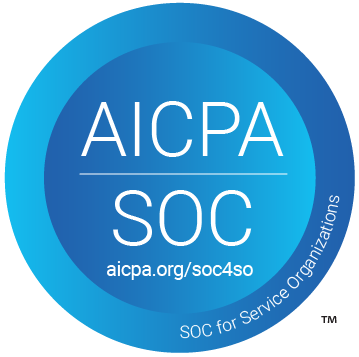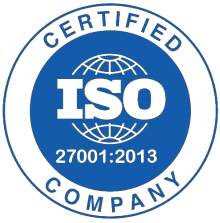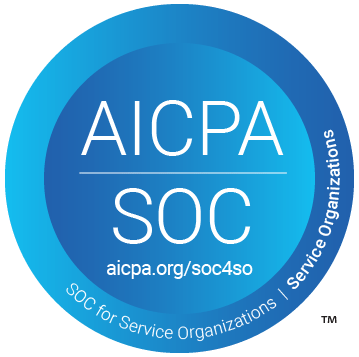Learn how to integrate URL with Focus, Hustle, and other applications using Make in this detailed tutorial. Automate your workflows effortlessly! Implement the precise methodologies leading organizations use to automate repetitive tasks, illustrated with practical examples designed for immediate application. with Pabbly Connect.
Watch Step By Step Video Tutorial Below
1. Setting Up Google Forms for Registrations
To begin with the integration of URL and Focus, you first need to set up Google Forms to collect registrations for your webinars. Google Forms allows you to create surveys and forms easily, which is perfect for gathering information from participants.
Once your Google Form is created, you can customize it with fields like name, email, and phone number. This ensures you collect all necessary information from your registrants. After setting up your form, you can link it to a Google Sheet to store responses automatically.
2. Connecting Google Sheets to Make for Automation
Next, you will connect Google Sheets to Make to automate the process. This step is crucial as it allows you to capture responses from Google Forms directly. Go to your Google Sheet, click on ‘Extensions,’ then find the option for Pabbly Connect Webhooks.
- Select ‘Get Add-ons’ to install the Pabbly Connect Webhooks add-on.
- After installation, refresh your Google Sheet.
- Go back to Extensions and set up the webhook URL from Make.
Once the webhook URL is set up, you can test the connection by sending test data. This will confirm that your Google Sheets are properly integrated with Make.
3. Configuring Make to Receive Data from Google Sheets
Now, it’s time to configure Make to receive data from Google Sheets. In your Make dashboard, create a new workflow and select Google Sheets as the trigger application. Choose the event ‘New Response Received’ to capture new form submissions automatically.
After selecting your trigger event, Make will provide you with a webhook URL. Copy this URL and paste it into your Google Sheets under the Pabbly Connect Webhooks add-on settings. Make sure to set the trigger column to the last data column where responses will be added.
Once you have set this up, test the connection again by submitting a new response in Google Forms. This will ensure that the data flows correctly into your Make workflow.
4. Adding Registrants to GoToWebinar
After successfully capturing responses, the next step is to add registrants to your GoToWebinar account. In your Make workflow, select GoToWebinar as the action application and choose the action event ‘Create a Registrant.’ This step is essential for automatically adding participants to your webinar. using Pabbly Connect
During this setup, you will need to map the data collected from Google Forms to the corresponding fields in GoToWebinar, such as first name, last name, and email. This mapping ensures that each registrant’s details are accurately transferred to your webinar platform.
Once you have mapped the fields, save your configuration and send a test request. This will create a registrant in your GoToWebinar account, confirming that everything is working correctly. You can check by refreshing your GoToWebinar account to see the new registrant added.
5. Testing and Finalizing Your Integration
Finally, it’s crucial to test your entire integration to ensure everything works seamlessly. Make a new submission in your Google Form and check if the response is captured in Google Sheets and if a new registrant is created in your GoToWebinar account. using Pabbly Connect
If everything is set up correctly, you should see the new registrant reflected in GoToWebinar shortly after submission. This final test confirms that your automation is functioning as intended.
With this setup, you can now focus on delivering a great webinar experience without the hassle of manual registrations. All responses will be automatically handled, allowing you to concentrate on your content and audience engagement.
Conclusion
This guide summarizes the key points and helps you understand the essential features and benefits of using this tool.
Thanks for following along with this tutorial! Remember to subscribe to the channel for more helpful content like this.
If you found this guide useful, please consider giving it a thumbs up and sharing it with others who might benefit from it.
In summary, integrating URL with Focus using Make allows for efficient automation of webinar registrations. By following these steps, you can streamline your processes and enhance your productivity.






